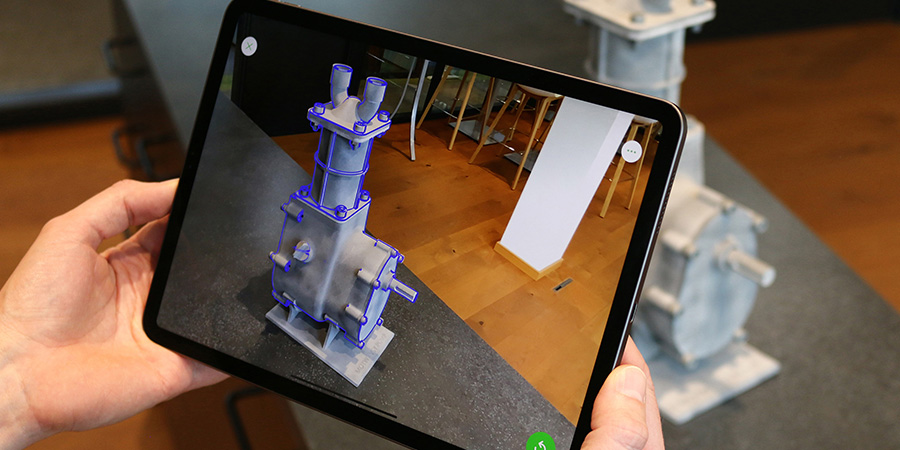Bgroho Insights
Your daily source for news, tips, and inspiration.
Augmented Reality: Reality Just Got a Makeover
Discover how Augmented Reality is transforming our world—redefining reality and unlocking endless possibilities!
What is Augmented Reality and How Does It Work?
Augmented Reality (AR) is a technology that overlays digital information, such as images, sounds, and text, onto the real world, creating an interactive experience for users. Unlike virtual reality, which immerses users in a completely digital environment, AR enhances the perception of reality by blending virtual elements with our surroundings. This innovative technology has found applications in various fields, including education, healthcare, and entertainment. For a deeper understanding of the impact of AR, you can visit Forbes which details business applications of AR.
The functionality of Augmented Reality hinges on several key components, including hardware, software, and content. AR devices, such as smartphones and smart glasses, use cameras and sensors to gather data from the real world, while specialized software processes this data to display relevant digital content. AR applications utilize machine learning algorithms to recognize objects and spaces, allowing for accurate overlay of digital elements. To learn more about the technical workings of AR, check out Wired for a comprehensive guide on augmented reality technology.

Top 5 Industries Transforming with Augmented Reality
As technology continues to advance, augmented reality (AR) is reshaping various sectors, enhancing the way businesses operate and engage with consumers. One prominent industry experiencing this transformation is retail. Retailers are utilizing AR to create immersive shopping experiences, allowing customers to visualize products in their own environment before making a purchase. For instance, brands like IKEA have developed applications that let users see how furniture would look in their homes. According to a report by Forbes, this technology can significantly reduce return rates and increase customer satisfaction.
Another industry undergoing a significant revolution with augmented reality is healthcare. Medical professionals are leveraging AR tools for training, visualization, and even surgical procedures. With AR, trainee surgeons can practice complex operations by overlaying digital images onto real-life environments, allowing for a safer learning experience. Moreover, AR applications can assist surgeons during operations by providing real-time data and visuals of the patient's anatomy. According to NCBI, the integration of AR in healthcare not only enhances surgical precision but also improves patient outcomes.
How Augmented Reality is Changing Our Everyday Experiences
Augmented Reality (AR) is revolutionizing the way we interact with our environment by overlaying digital information onto the real world. From mobile applications like Snapchat that utilize AR filters to enhance social media experiences, to navigation apps such as Google Maps that provide real-time directions through AR, these technologies are increasingly becoming part of our daily lives. Moreover, retail brands are leveraging AR for virtual try-ons, allowing consumers to see how clothes or makeup look on them before making a purchase. This not only enhances customer satisfaction but also bridges the gap between online and offline shopping experiences.
In addition to retail, Augmented Reality is having a profound impact in fields such as education and healthcare. For instance, medical students can use AR to visualize complex anatomical structures during their training, making learning more interactive and engaging. Similarly, AR applications are being developed to assist surgeons during operations by overlaying critical information right on their field of view. According to a report by Forbes, these innovations not only improve efficiency but also enhance safety in surgical procedures. As AR technology continues to evolve, it is clear that it will play an integral role in shaping our everyday experiences across various sectors.